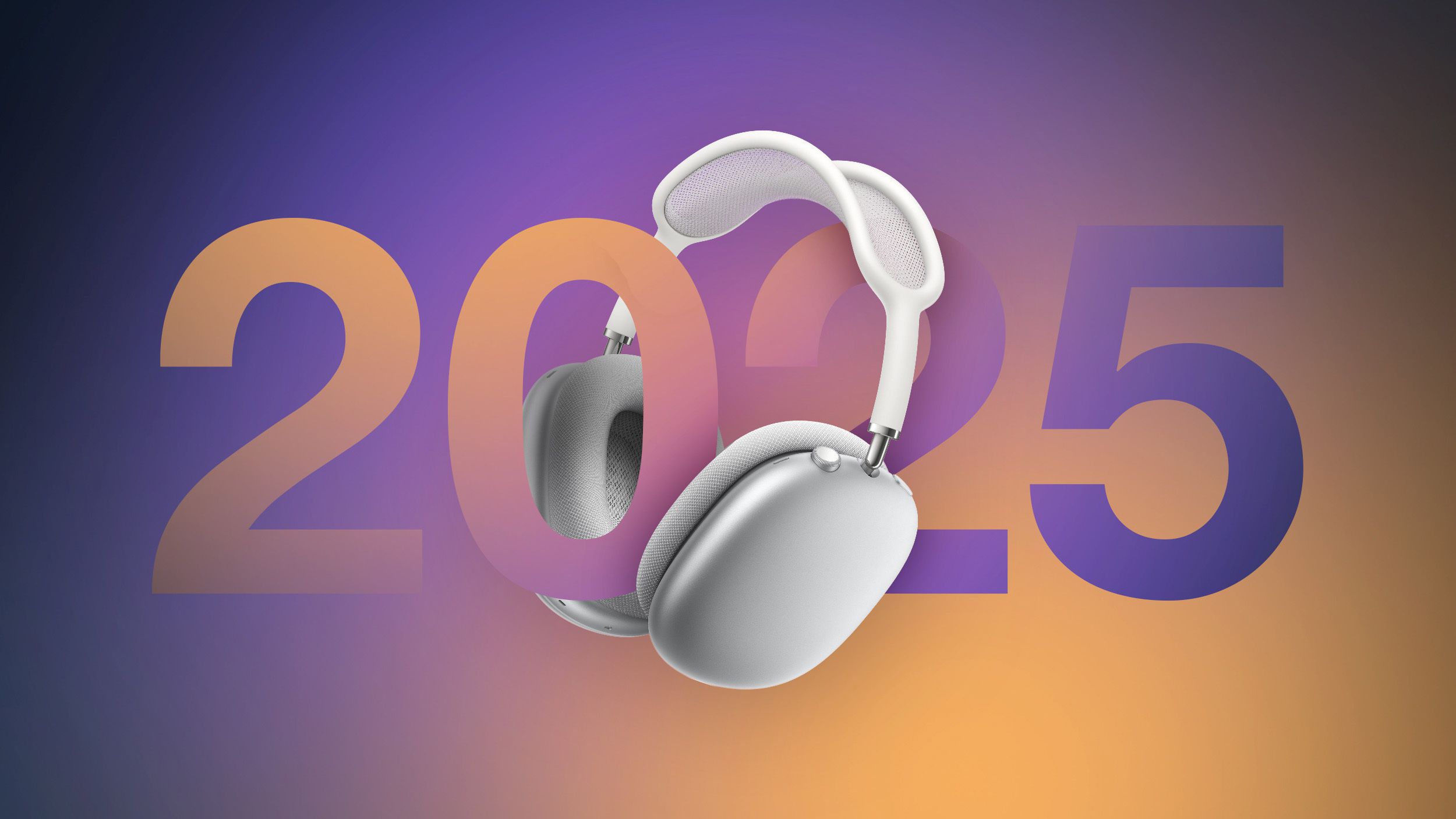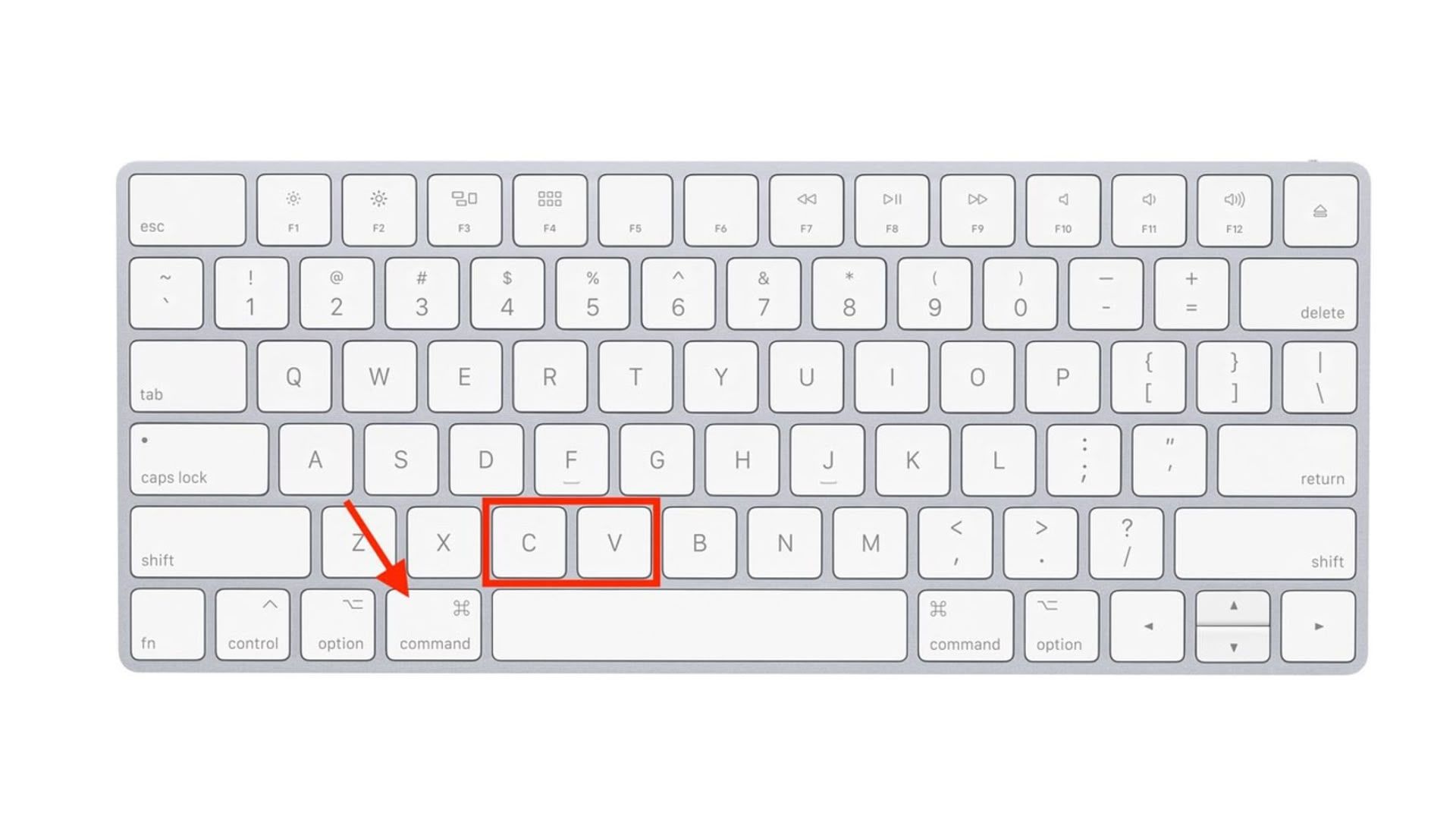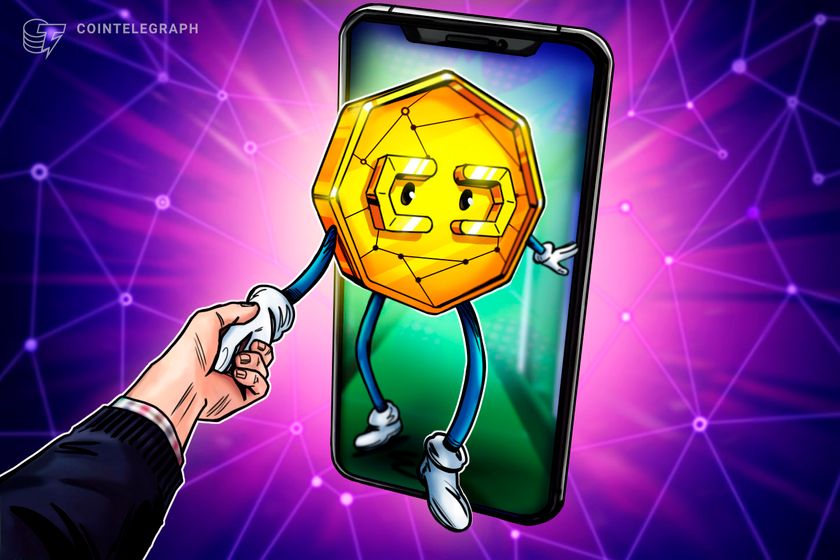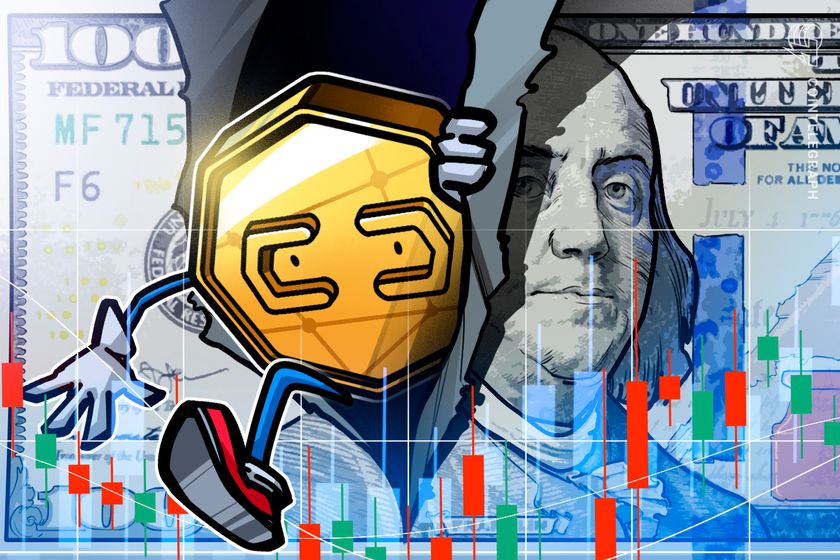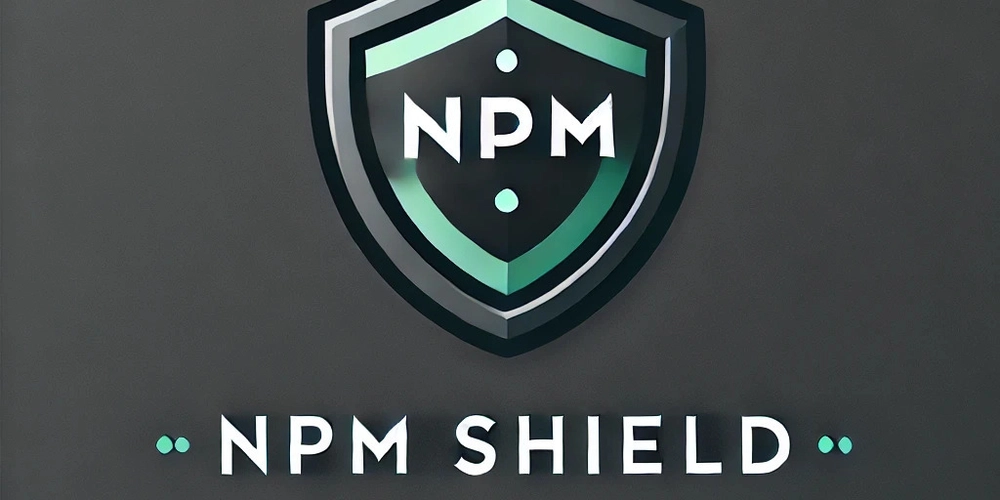What’s the Difference Between Java and JavaScript? Explained Simply
If you've ever dabbled in web development or heard tech jargon thrown around in the office, chances are you've come across the terms Java and JavaScript. At first glance, you might think they’re related—after all, they share part of the same name. But despite the similarity in their names, Java and JavaScript are two very different programming languages with distinct use cases, functionalities, and designs. So let’s break it down in plain English. What is Java? What is JavaScript? And why do people keep mixing them up? What is Java? Java is a high-level, object-oriented programming language developed by Sun Microsystems (now owned by Oracle) in the mid-1990s. It was designed with a key principle in mind: “write once, run anywhere.” This means code written in Java can run on any device that has a Java Virtual Machine (JVM), making it incredibly portable. Java is commonly used in: Enterprise applications (e.g., banking systems) Android app development Back-end systems for websites Desktop applications One of the main strengths of Java is its robustness. It’s compiled, which means the code is translated into machine-readable instructions before being run. This process helps catch many errors early and makes the program faster and more efficient. In short, if you're building a large-scale application or working in an enterprise environment, Java is a go-to choice. What is JavaScript? Now, let’s answer the question: What is JavaScript? JavaScript is a scripting language primarily used to add interactivity to websites. Originally developed by Netscape in the mid-1990s, JavaScript allows developers to create dynamic and interactive elements on web pages—think of things like image sliders, form validations, and live updates without refreshing the page. JavaScript is: Interpreted, not compiled, meaning it's read and executed line by line by the web browser. Client-side, though with the rise of technologies like Node.js, it's also now used on the server side. A key part of the web development trifecta alongside HTML and CSS. Without JavaScript, modern websites would look static and boring. If you've ever clicked a button and watched something change instantly on the screen—that’s JavaScript in action. Why the Name Confusion? So, why do these two totally different languages have such similar names? It’s largely a marketing coincidence. When JavaScript was created, Java was already gaining popularity. Netscape, hoping to ride the wave, named their new scripting language “JavaScript” to make it sound familiar and appealing—even though the two have little in common beyond superficial syntax similarities. It’s kind of like naming your new soda "CokeScript" just because Coca-Cola is popular. Confusing? Absolutely. But it worked. Should You Learn [Java or JavaScript?](https://www.tpointtech.com/difference-between-java-and-javascript) That depends on what you want to do. If you're interested in building websites, start with JavaScript. It’s essential for front-end development and increasingly used in back-end development too. If you’re aiming to become an Android developer, work in corporate IT, or build large-scale applications, Java is your friend.In fact, many developers end up learning both over time, since they serve different purposes. Final Thoughts Despite the name similarity, Java and JavaScript are worlds apart in their design and applications. Understanding the difference can help you choose the right tool for your next project or even guide your learning path if you're just stepping into the world of programming.So next time someone asks, “Aren’t Java and JavaScript basically the same thing?”, you’ll have a solid answer: Java is to a robust car engine what JavaScript is to the dashboard buttons. They both serve a purpose, but they’re not built the same.
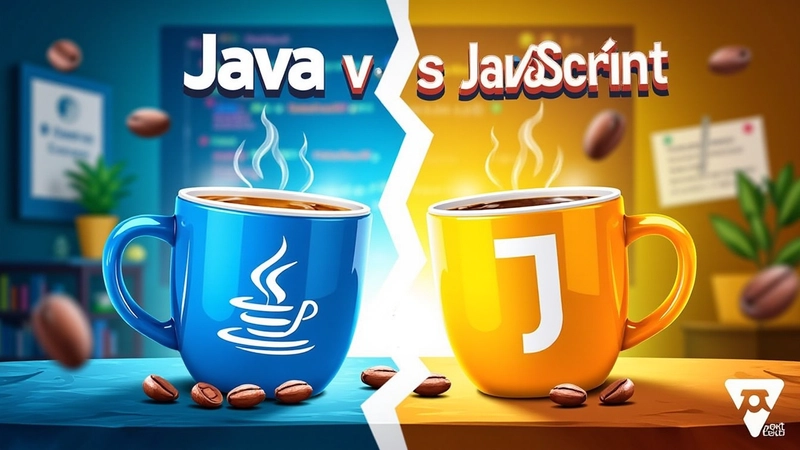
If you've ever dabbled in web development or heard tech jargon thrown around in the office, chances are you've come across the terms Java and JavaScript. At first glance, you might think they’re related—after all, they share part of the same name. But despite the similarity in their names, Java and JavaScript are two very different programming languages with distinct use cases, functionalities, and designs.
So let’s break it down in plain English. What is Java? What is JavaScript? And why do people keep mixing them up?
What is Java?
Java is a high-level, object-oriented programming language developed by Sun Microsystems (now owned by Oracle) in the mid-1990s. It was designed with a key principle in mind: “write once, run anywhere.” This means code written in Java can run on any device that has a Java Virtual Machine (JVM), making it incredibly portable.
Java is commonly used in:
Enterprise applications (e.g., banking systems)
Android app development
Back-end systems for websites
Desktop applications
One of the main strengths of Java is its robustness. It’s compiled, which means the code is translated into machine-readable instructions before being run. This process helps catch many errors early and makes the program faster and more efficient.
In short, if you're building a large-scale application or working in an enterprise environment, Java is a go-to choice.
What is JavaScript?
Now, let’s answer the question: What is JavaScript? JavaScript is a scripting language primarily used to add interactivity to websites. Originally developed by Netscape in the mid-1990s, JavaScript allows developers to create dynamic and interactive elements on web pages—think of things like image sliders, form validations, and live updates without refreshing the page.
JavaScript is:
Interpreted, not compiled, meaning it's read and executed line by line by the web browser.
Client-side, though with the rise of technologies like Node.js, it's also now used on the server side.
A key part of the web development trifecta alongside HTML and CSS.
Without JavaScript, modern websites would look static and boring. If you've ever clicked a button and watched something change instantly on the screen—that’s JavaScript in action.
Why the Name Confusion?
So, why do these two totally different languages have such similar names?
It’s largely a marketing coincidence. When JavaScript was created, Java was already gaining popularity. Netscape, hoping to ride the wave, named their new scripting language “JavaScript” to make it sound familiar and appealing—even though the two have little in common beyond superficial syntax similarities.
It’s kind of like naming your new soda "CokeScript" just because Coca-Cola is popular. Confusing? Absolutely. But it worked.
Should You Learn [Java or JavaScript?](https://www.tpointtech.com/difference-between-java-and-javascript)
That depends on what you want to do. If you're interested in building websites, start with JavaScript. It’s essential for front-end development and increasingly used in back-end development too.
If you’re aiming to become an Android developer, work in corporate IT, or build large-scale applications, Java is your friend.In fact, many developers end up learning both over time, since they serve different purposes.
Final Thoughts
Despite the name similarity, Java and JavaScript are worlds apart in their design and applications. Understanding the difference can help you choose the right tool for your next project or even guide your learning path if you're just stepping into the world of programming.So next time someone asks, “Aren’t Java and JavaScript basically the same thing?”, you’ll have a solid answer: Java is to a robust car engine what JavaScript is to the dashboard buttons. They both serve a purpose, but they’re not built the same.











































































































































































![[The AI Show Episode 144]: ChatGPT’s New Memory, Shopify CEO’s Leaked “AI First” Memo, Google Cloud Next Releases, o3 and o4-mini Coming Soon & Llama 4’s Rocky Launch](https://www.marketingaiinstitute.com/hubfs/ep%20144%20cover.png)

















































































































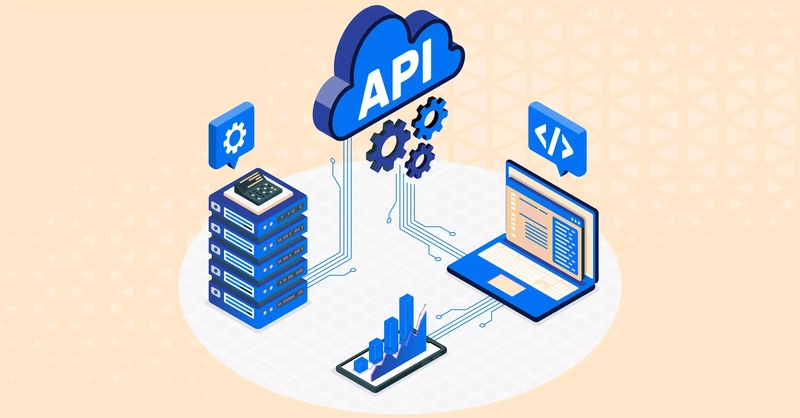






































![Is This Programming Paradigm New? [closed]](https://miro.medium.com/v2/resize:fit:1200/format:webp/1*nKR2930riHA4VC7dLwIuxA.gif)

























































































-Classic-Nintendo-GameCube-games-are-coming-to-Nintendo-Switch-2!-00-00-13.png?width=1920&height=1920&fit=bounds&quality=70&format=jpg&auto=webp#)















































































































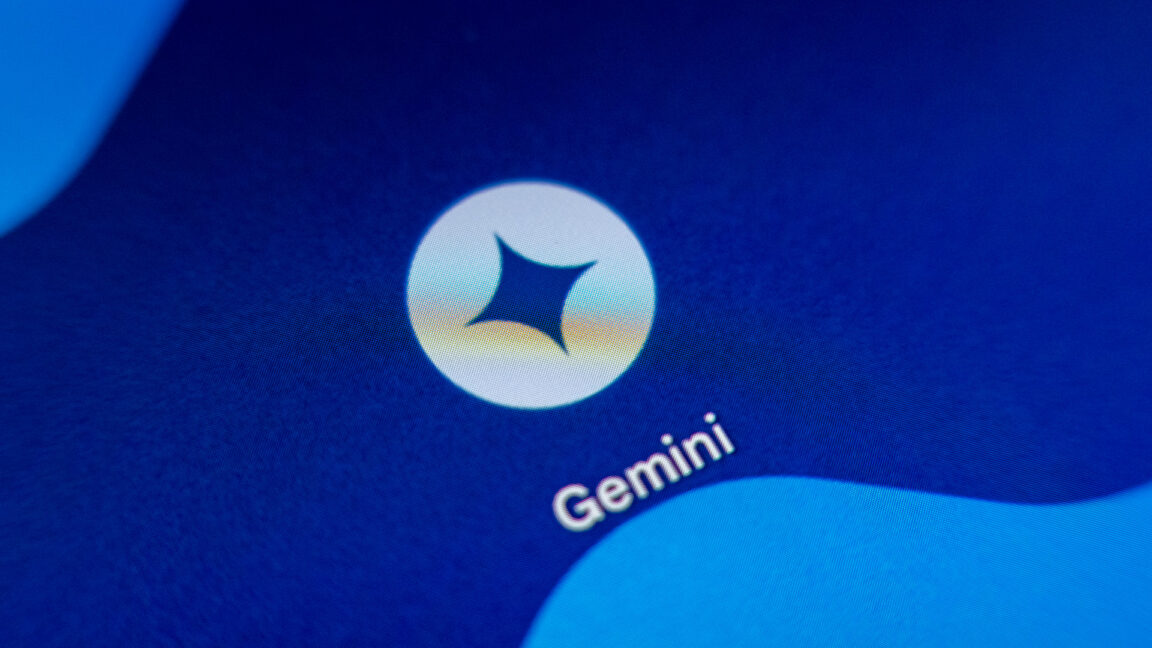











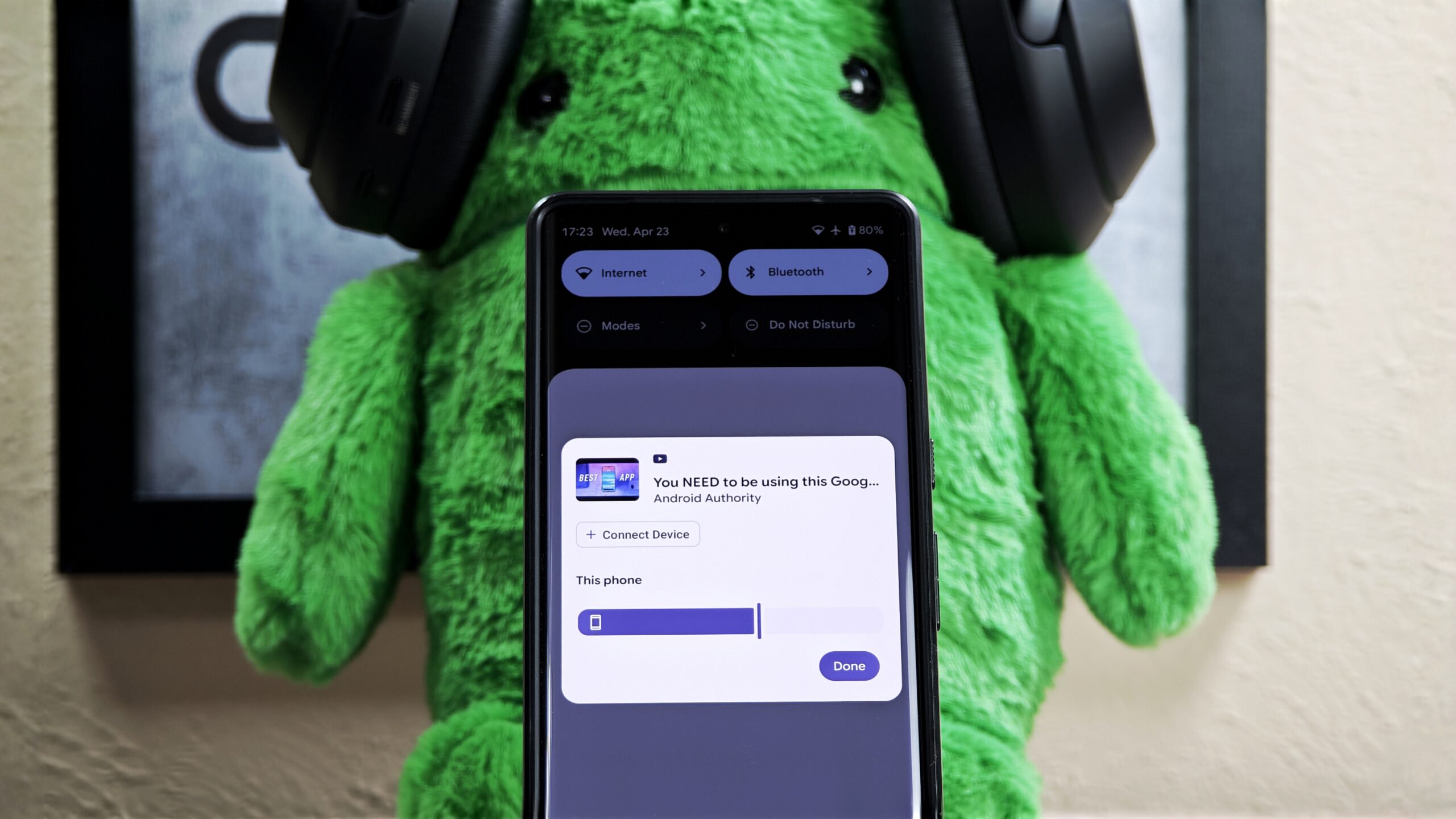


















![New iPhone 17 Dummy Models Surface in Black and White [Images]](https://www.iclarified.com/images/news/97106/97106/97106-640.jpg)


![Hands-On With 'iPhone 17 Air' Dummy Reveals 'Scary Thin' Design [Video]](https://www.iclarified.com/images/news/97100/97100/97100-640.jpg)











































